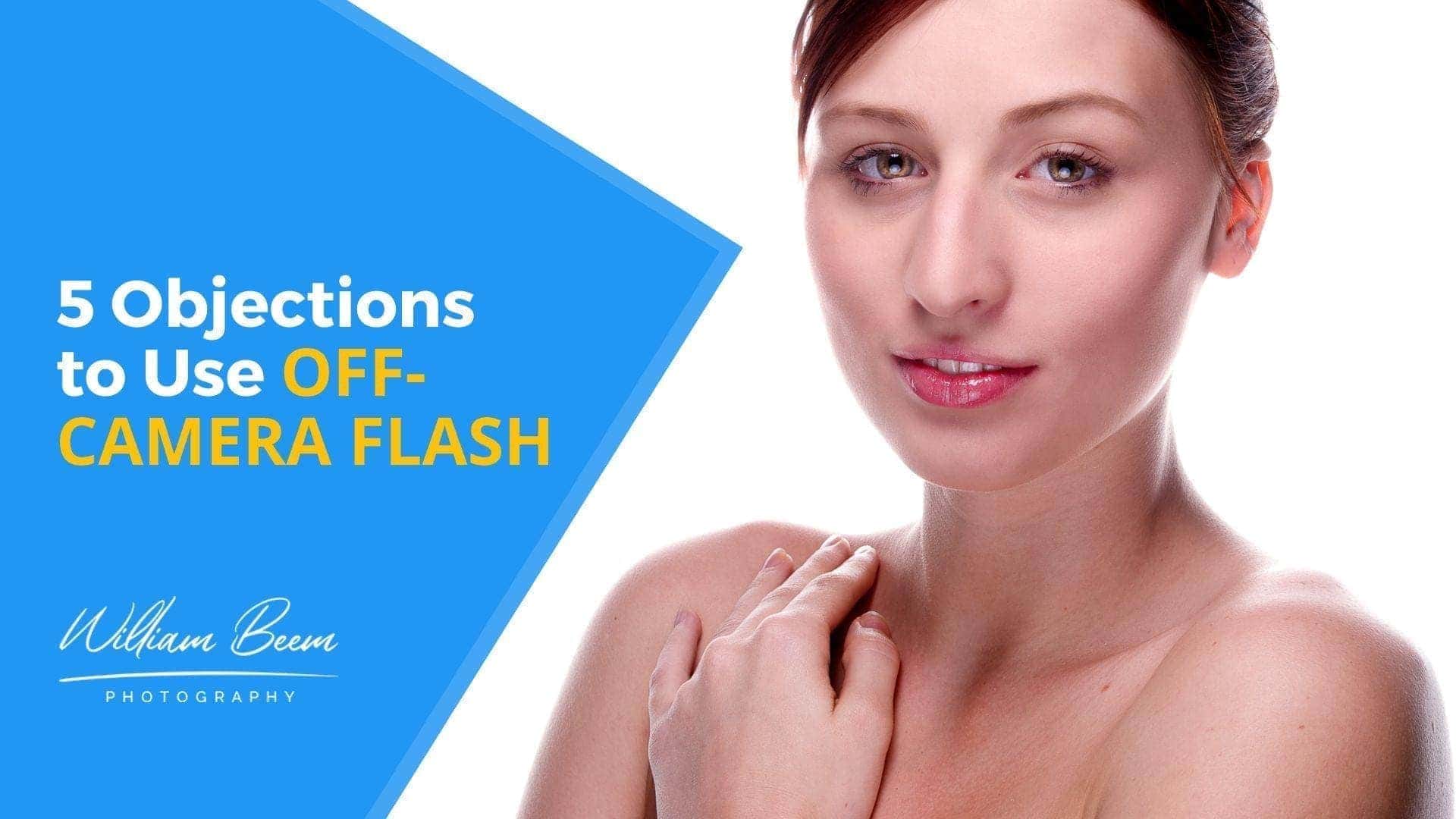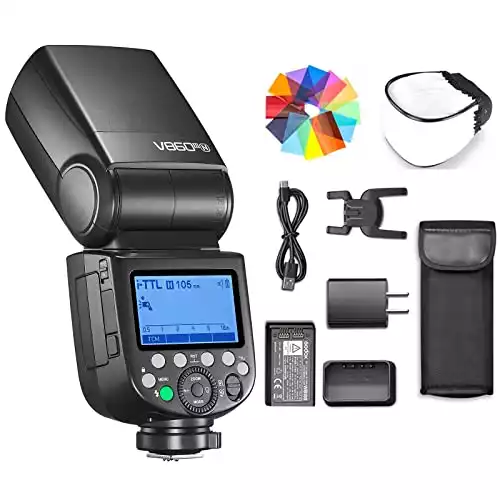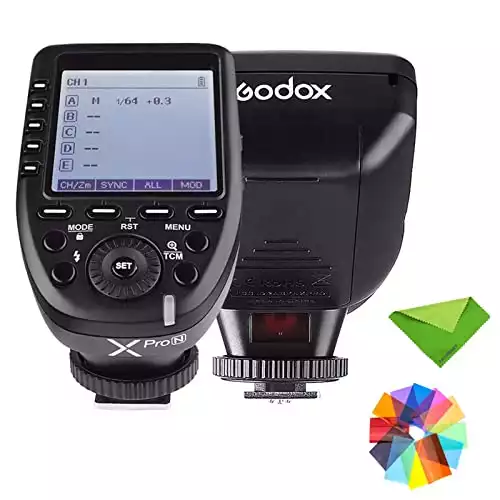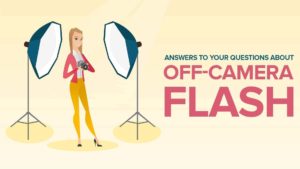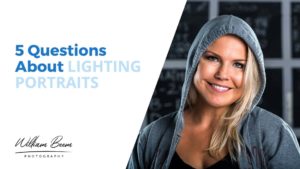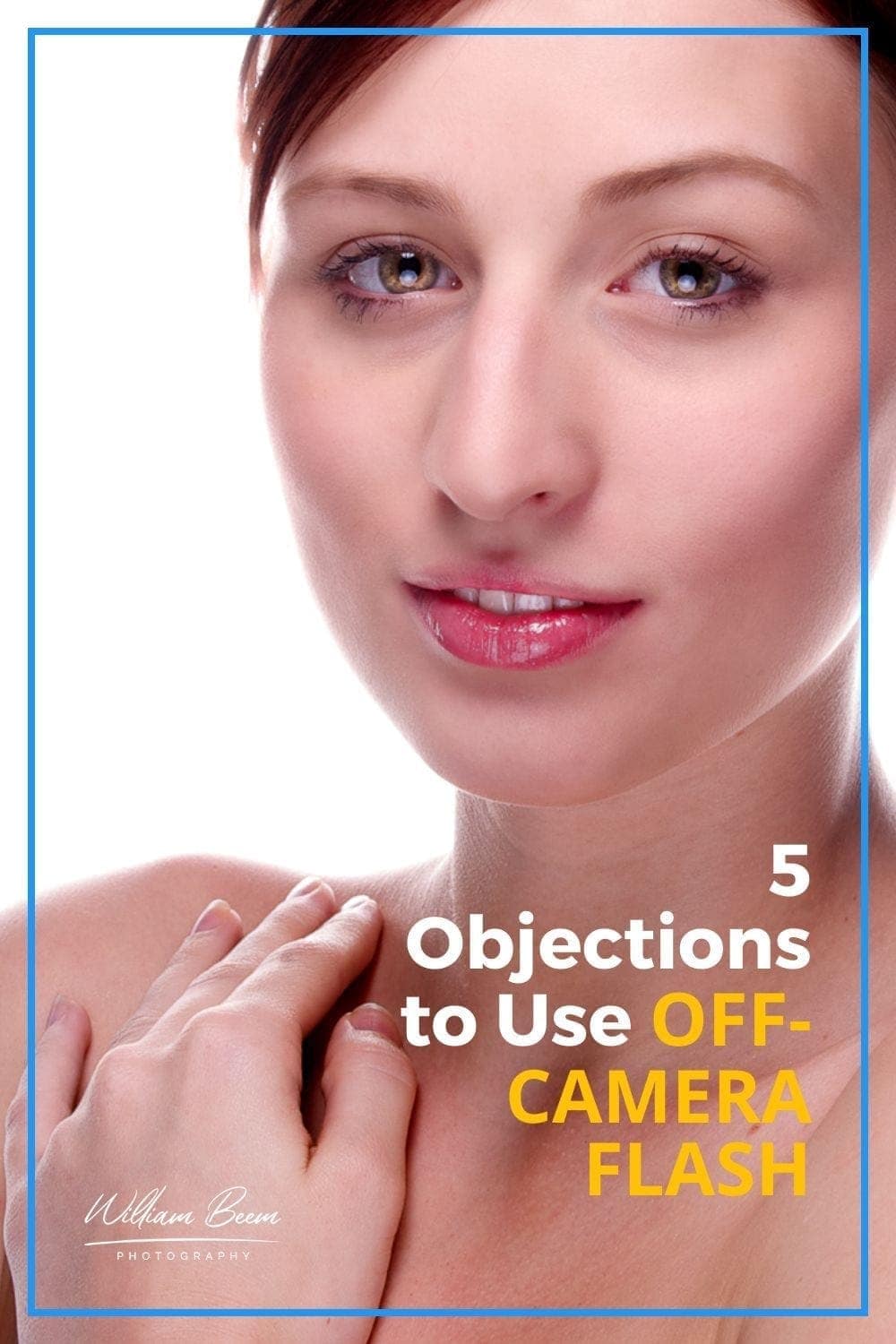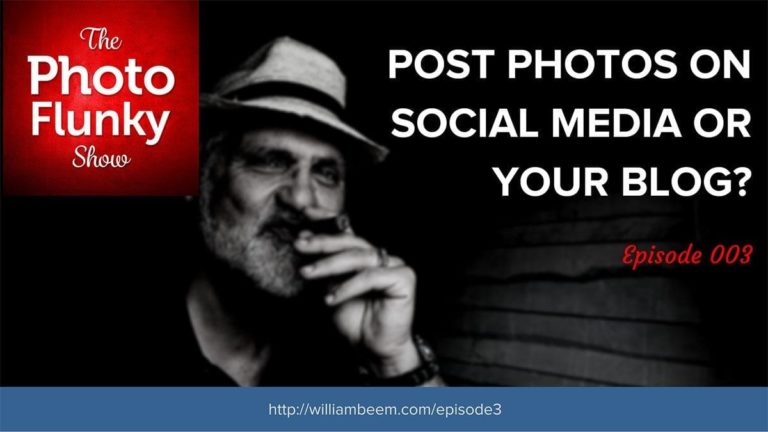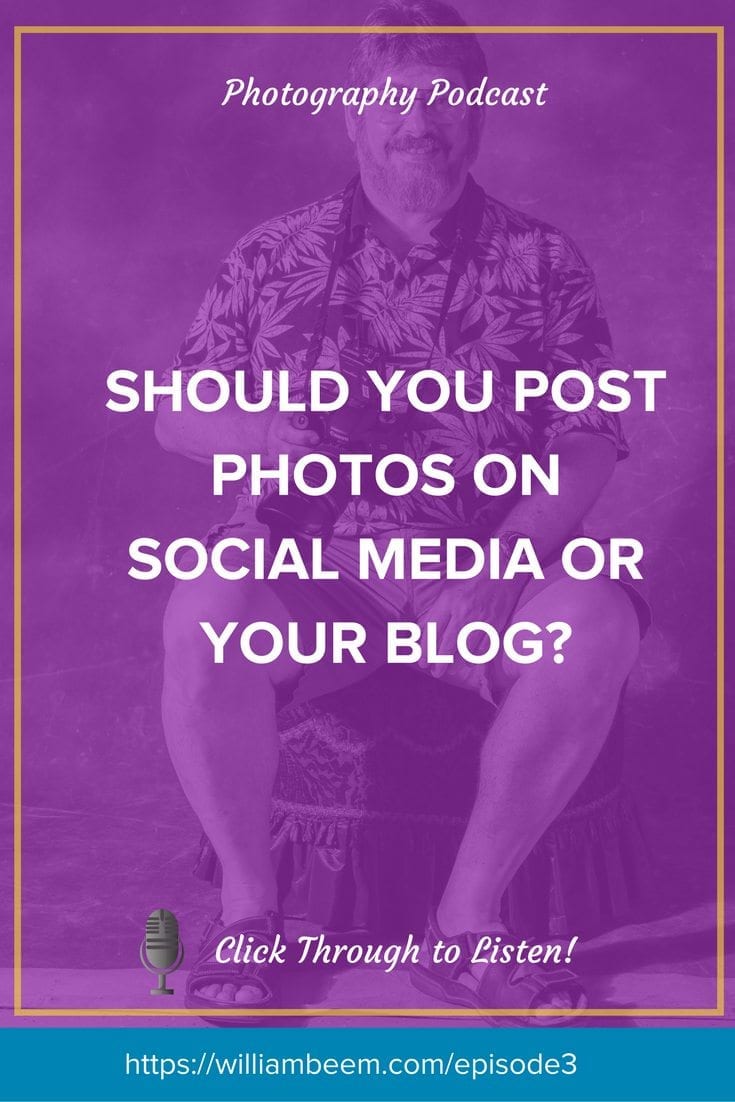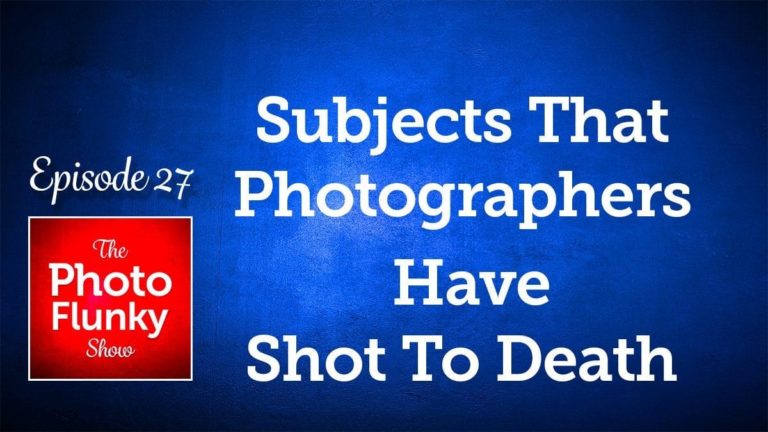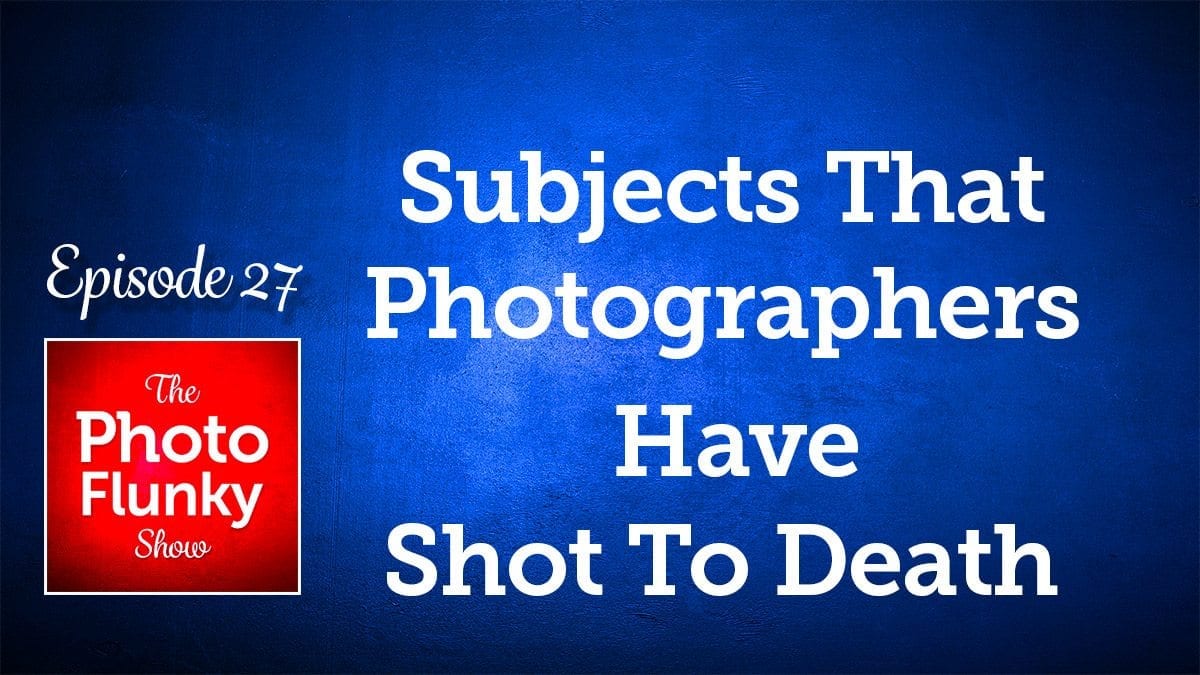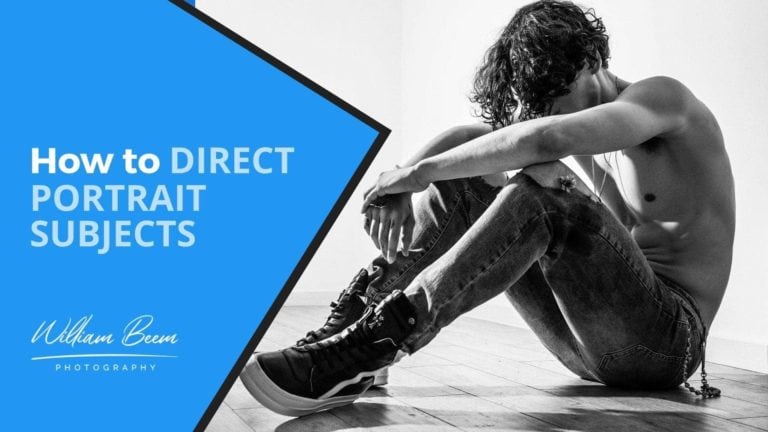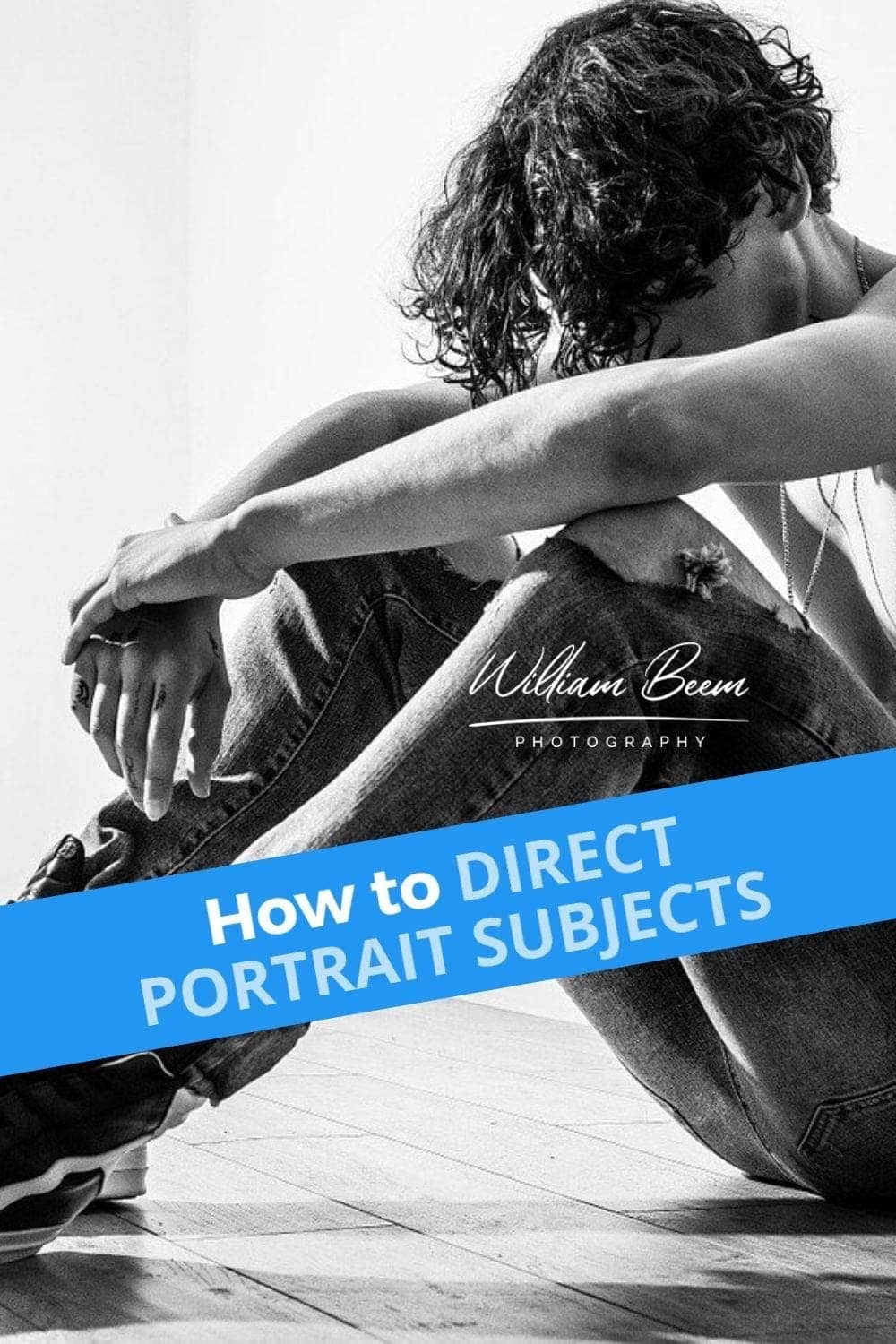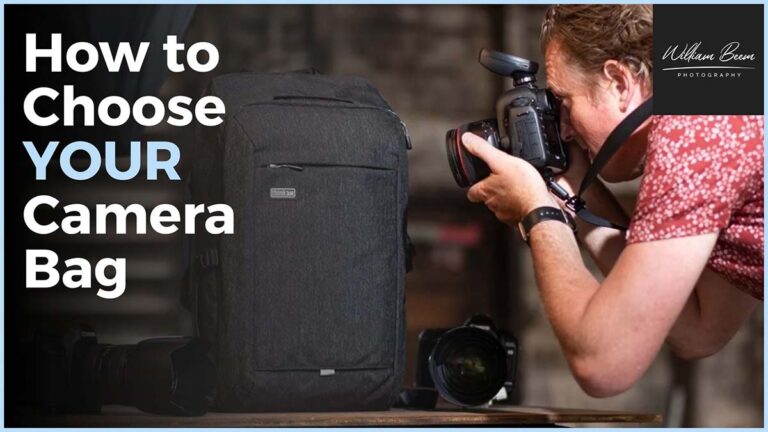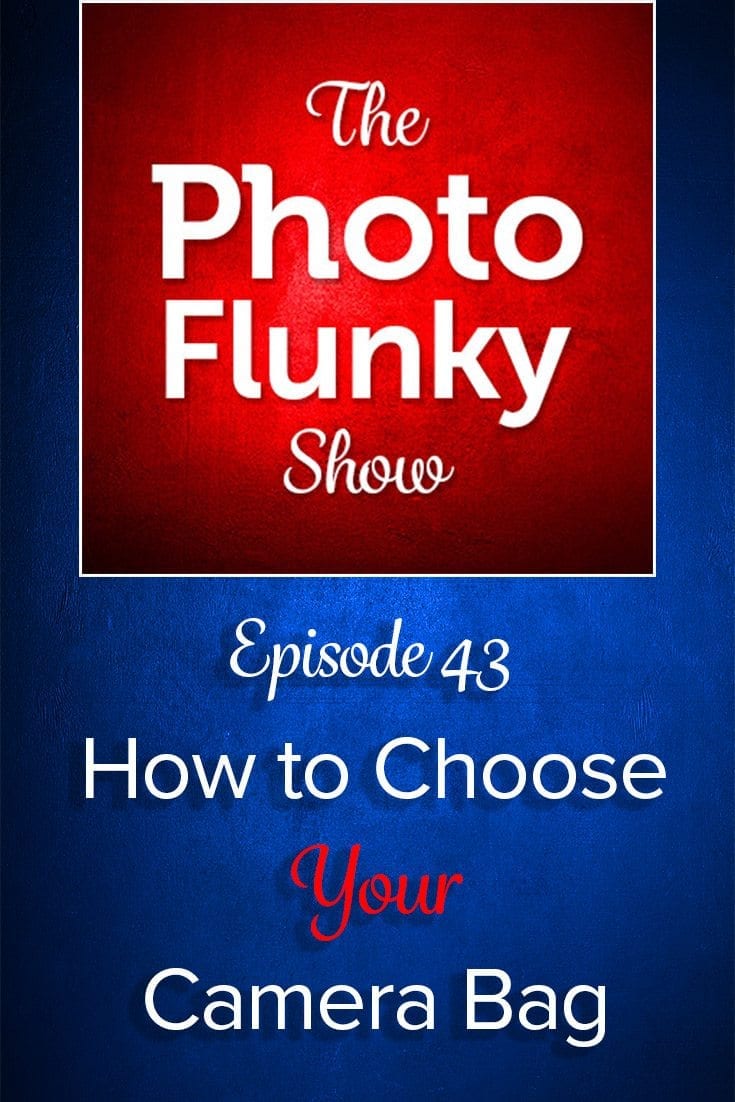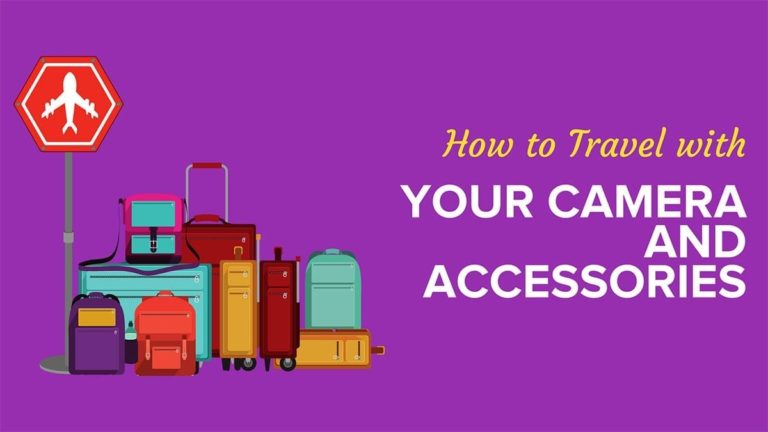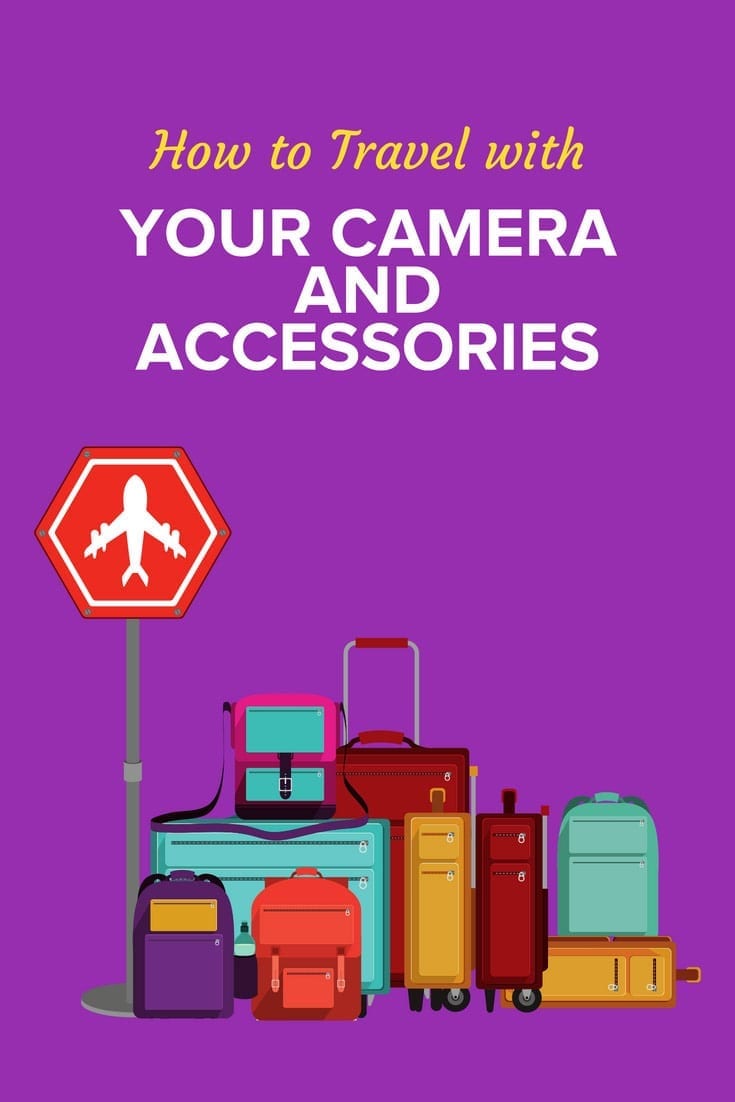Affiliate Disclosure: We earn a commission if you purchase through one of our links at no additional cost to you.
If you know someone who has objections to use off-camera flash, this episode may give you some insight about their concerns. Whether you want to learn how to use off-camera flash or teach someone how to use it, there are some real concerns and objections from people who are comfortable with available light photography.
A common saying comes up in photography groups, and it’s honestly somewhat demeaning. When someone says,
I’m a natural light photographer
A common retort is,
That just means you don’t understand flash photography.
I think it’s time we learn why some people have concerns or objections to use off-camera flash, and realize that some of those objections have a lot of validity.
Lee’s 5 Objections to Use Off-Camera Flash
This episode is essentially a Q&A interview with my wife, Lee. She does a lot of photography, but rarely uses off-camera flash. On the other hand, I typically use off-camera flash for most of my photography.
There’s a dichotomy going on in our marriage.
So here are Lee’s 5 objections to use off-camera flash.
- Using off-camera flash is too technical
- Using flash is too fiddly
- Lee has short little legs (the height of light stands seems to be an issue here)
- Using flash makes me feel stupid and incapable
- How do I know that I bought the right flash?
Bonus Issue:
Off-Camera Flash Isn’t Always the Right Answer
More often than not, I’m going to recommend using off-camera flash to control your lighting and add creativity to your photos. However, this discussion with Lee helps me realize that there are times when it’s faster, easier and sometimes better to avoid the hassle of getting everything in place for your photo.
Flash, like anything else in photography, is just a tool. Use it when it’s the right choice.
If you’d like to know more about my gear choices, please visit my Resources Page to find out.
My Recommendation for Your First Flash
Lee’s last point about knowing you’re buying the right flash is one of the best things about her entire list.
If you are just starting to think about buying a flash, this is my best recommendation.
This is the Godox V860III (Nikon) On-Camera flash.
The Godox V860III is a powerful flash that is perfect for any photographer. You can easily pre-visualize your shots with a quick switch to TTL mode. The Godox 2.4g wireless X system provides reliable shooting with seamless connectivity. The upgraded Li-ion battery provides 1.5s recycling time and 480 full-power flashes. Zoom the flash head from 20mm to 200mm, and the swivel angle from 0° to 330° horizontally and from -7° to 120° vertically makes it easy to complete direct flash or bounce flash.
IMPORTANT: This link is for the Nikon version. Make sure you choose the model that works for your camera's hot-shoe.
- Inexpensive
- Fast recycle time
- Plenty of flashes per charge (Li-on battery)
- Sony version has problems with hot shoe
- Burst mode misses some frames
Why would I recommend an on-camera flash when this discussion was about off-camera?
Quite simply, this works either way. Also, it’s easier to start with a flash on your camera. It won’t yield the greatest results, but you’ll quickly understand why off-camera flash is the best way to go, and this will allow you to grow as you learn more about flash.
One of the first things you’ll learn is how to bounce light. With this flash, you can aim it up at the ceiling or flip it around to bounce light off a wall to your side or behind you.
The Flashpoint line is the same thing as the Godox line, which means you’re getting into a system of lights that will work together and has plenty of 3rd party support when you want to buy light modifiers.
There is also an on-camera flash with a round head, rather than this one with a rectangular head. I recommend starting here because you’ll find it easier to add light modifiers for this “standard” shaped head on the flash.
I want you to keep two things in mind, both of which are very important.
- Since this flash goes on your camera’s hot-shoe you must get the version that matches the brand of camera you own. This link takes you to a flash that works for Nikon, but a Compatibility drop-down menu will select different brands (Canon, Sony, etc.)
- When you want to get this flash for use off-camera, you’ll need to buy a radio trigger that sits in your hotshoe. Again, this is camera-brand specific. I recommend the Godox XPro.
The Godox XPro Wireless Trigger can communicate and trigger any Godox flashes, making it universally effective for flashes and strobes.
With its ability to control Nikon original flashes, Godox camera flashes, and studio flashes, this trigger gives you a wide range of options to choose from regarding your lighting set-up. Featuring multi-channel triggering and stable signal transmission, the XPro is a reliable and user-friendly choice that will help you take your photography to new heights.
IMPORTANT: This is the Nikon version. Make sure you get the version of this trigger that works with your camera brand.
- Easy to use
- Works with all Godox (Flashpoint) flashes and strobes
- 16 Groups and 32 Channels
- 100-meter range
- Modeling Light Status Control
- The Sony version seems to have a fragile hot shoe connector
This is an inexpensive yet well-made way to enter flash photography. If you have any questions, please let me know in the comments.
Happy flashing!
About Luminar AI Elements
At the end of the podcast, I mentioned that I have a course for Luminar AI users. This short video lets you know more about what you can expect.
If you’d like to see more information and the course outlines, just click the link below to visit the course page.
Click Here to visit Luminar AI Elements Course Page.
Time Stamps
On today's episode, we're going to be talking about five objections to using off-camera flash. And this is kind of an important one to me. I really love using off-camera flash. I have tried to get Lee to use it a few times and she has, she liked it when she used it, but she doesn't go ahead and use it on her own.
So I asked her to tell me why, and she came up with five reasons. So that's what we're going to talk about today on I like your picture. I'm William Beem. Welcome to I Like Your Picture. The show that helps you improve your photography with visual storytelling. What is visual storytelling? It's a method of approaching your photography with a knowledge of who you're trying to serve with your photos and what emotion you want to make them feel.
We encourage you to concentrate on your subject, light and background to create a photo. Your audience loves. I'm glad you found us. Hi, my name is William Beem. Light is incredibly important to photographers. If we don't have light, we don't have photos and there's more than one way to get light. And Lee's found something that she's very comfortable using and that's available light during the day.
But there are times when that light isn't so great. Or maybe she, when she was taking photos outside, the wind was blowing her stuff all over the place. And now she's pretty much using window light on our dining room table when she wants to set something up. My thought was, you know what? You can do this anytime you want.
If you'll just start using off camera flash, and she comes back and tells me a number of reasons, why. And so what we want you to be able to take away from this is understanding why some people are unwilling to use flash. There are benefits and drawbacks of using flash, and there's more than one way to get good light for your photographs.
And Lee does get good light on her photographs. I'm going to go ahead and turn it over. She's got five points. So Lee your first one was too technical. Tell me what you mean by that. That was the problem he has. He knows me by now when I'm very bent on I do, or I don't like something in and he eventually
has the courage to say to me, well, why. He doesn't usually get one reason. I can back it up, like, okay, there's this and there's this. She's got a slew of reasons. I'm actually surprised that she stopped at five reasons. But I guess that was enough. Sorry. So tell me why using off-camera flash is too technical.
Well, the thing is I understand light. I understand available lights, ambient light. I mean, it's something that everybody grows up with. You know, babies learn the difference between day and night, sleeping, not sleeping, but they learn the difference. You just are always aware of, you know, the different stages and amounts of light. Whether you think about it or know it or not,
you're aware of it. So to me, it makes sense. I don't have to stop and break it down. I don't have to measure things. I don't have to meter things. I don't have to sit and apply math to it in some kind of science. It's there. It's not. And if what I want isn't exactly right. There are ways for me to move.
And I guess I've learned to feel my way around it. When it gets to flash, I have to stop and think, and I don't like stopping and thinking about stuff that I already understand. Is it the stopping or the thinking? You have to stop to think because you see what I'm thinking about. Like the way I understand it, which is available light.
I don't have to stop to think. I flow and I kind of move as I process through my thinking and working with it. Whereas with flash, I have to stop because I go, okay, now what? Isn't that just simply a matter of inexperience? Like once you get your flash and the light is just the way you want it, do you really have to stop anymore?
Well, yeah, if you change your mind about the life that you want, and I have to do that with flash, you'll have to sit and figure things out. And usually then I hit something that does the wrong thing, and then I have to go and find you and disturb you and you have to come and say, well, what is you're doing?
What you want to do? So it is inexperience, but I find it painfully frustrating. And I guess it's because it forces me to learn something that I just almost inherently understand without having to think about it. You understand that you have to show up at a certain time to get the light that you want, and that light doesn't show up every day. I mean,
some days we have nice sunny days, some days we have overcast days. I mean, just the other day before we recorded, this was overcast and the light really wasn't that great coming in the window. Yeah. So you can't always take photos when you want. I suppose my solution is I just change the mood or the, the photo that I'm taking. I change
something. So I adapt to the light rather than forcing it because the light is what it is on that day. And at that time. Now the other thing is that it forces me to be organized. If it gets like 6:30 in the evening and I want something nice and bright, it's going to be tomorrow. So you're willing to change your schedule to get the light that you want,
hoping that it comes through the window the way that you want it. Yeah, pretty much. But I mean, I'll always get enough light that I can take the photo. It's just that I have to mess around in post-processing a little bit more. I have to change the exposure in post-processing, Let's see, that's one of my concerns. If you have to change the exposure because the light isn't where you want it,
is that introducing grain or other problems, or are you changing your aperture or your shutter speed? Because, Well, I do usually try and get it right in camera. I've always got my ISO, you know, it's on the tripod most of the time when I'm doing the tabletop stuff. So I'm able to stop the ISO all the way down.
I don't need a very narrow aperture. So I'm able to play with light that way as well. So it's really shutter speed. So I tend to just work with the shutter speed almost entirely. I know that most people are like, you know, they, they vary their apertures sometimes with that stuff. And for, it really comes down to, I've got the tripod,
I've got the aperture I want. I'm a subject, my sub that's the important thing. My subject is not moving. So for me, I just don't find the trade-off for food photography, or still lifes or products or whatever else I'm doing that's similar. I can control my set entirely without touching it. Once it's set up. That is it. If it needs to move,
I move it. I'm not relying on anything else to change it. The only thing I have to deal with. All right, so you have four characteristics of light. There's how much light is coming in. There's the direction of light. So you cannot change the direction of light. The window is where the window is. And I moved my set when I want the light coming from a different place.
So you simply changed sides of the table in order to change the direction of the light? Yeah. The color of the light is another quality. Well, there's that? And then there's also the quality of light. In other words, what kind of shadow are you getting? Yes, There is that. There's also things that you can be with the window light.
You guys, with your fancy lights, you use, you like to use your gels and things to do that. You can do something similar with window light and you can just reflect stuff with the lights. I don't see you reflecting light much. I do see you I've done a once or twice. I see you putting up this little cardboard around stuff to block light from coming in.
In other words, you've got this enormous light source, so you can't really concentrate it or focus it where you want to yeah. So I block. So I block and I, I do start like that. I start out with everything lit and I block out where I went the shadow. So that kind of work backwards. All right. So that kind of leads us to the next one,
which I really liked the way you put this and you called it too fiddly. Now, compared to what you're doing with all this blocking of light and stuff, that sounds fiddly to me as well. So how is flash fiddly, and what you're doing is not fiddly? Once I've got the lights set up, I mean, the, you know, my set set up,
it's all done. Well, it's the same with flash. Once you've got it set up. I mean, when you did this before with flash and I set you up, you were very happy with the results that you got and you didn't have to go back and fiddle with it. Well, so what was the, what is, what is too fiddly about the flash compared to what you're doing,
setting up your set, the way it is now? I'm putting them on a tabletop. Yes, It is too fiddly for me because I've got to go and fetch things. I've got a go dig things out and find them. I've got to put them together. There's some thing that goes on top of the camera that I don't know what it's called.
And then I have to figure out how that turns on. And then I don't know if it's connected and then I've got to get the light set up to the right height and the stand and moving things around. Simply put, it takes me at least five times longer, even with help to get myself where I need to be to start taking a series of photos if I'm using a light.
And that that's with you putting the whole lot of stuff together for me, like assembling it. So to me, I just find it's fiddly. And then when I want to move it, you know, I'm not in an enormous space. So I'm trying not to encroach on the area that I need for my tripod. And I'm trying not to trip over something and break something
that's not mine. Well, that actually brings me back to something that I didn't think of when you mentioned your first point. You talked about moving your set. When you move your set in order to adjust the direction of the light, do you end up moving your tripod? Sometimes, yes. Sometimes, no. And do you end up standing in front of the light that you're blocking it?
No, because I never take something with the light coming straight onto it from the back or the front. I just don't like things that way. I mean, I guess if I had to, that would be fine, but also the way that we get light straight into the window, but it's not direct sunlight. That makes sense. I mean, you know,
the window that I'm using. So you understand that. I typically, there's a very small window of time, which obviously vary through the seasons and it happens in the late morning where I have to watch for shadows on that window. But for some reason it doesn't seem to exist through the rest of the day. Now I'm sure they're there somewhere, but they're just not visible.
Well, let me ask you one last question. Before we move on to number three. You're willing to move your set for the window light. Why are you not willing to move your set for the flash? Because you said you don't want to move the flash. I guess I can move the set for the flash, but the flashes are like the lights that I've used,
the small ones are still kind of big. So I just struggled in your way. Sometimes it gets in the way on the other thing that I've had as well. Like the, what do you call it? Cover thing from the light, like the shower cap thing. Yeah, the soft box, The shower cap. Yes. I get the photos of when you can laugh as much as you want.
So the soft box thing, sometimes that itself also casts some kind of shadow or like, it makes like a shape if I've got it in the wrong place or it gets in the way of my camera. And I've got to be careful of that. Part of this is laziness and inexperience. I guess it's hard to persuade somebody that they need something different,
even if it's better, if what they doing works. Now, when you did this before you told me that you really like the light on your photos. Did you like that light better than what you got from the window light? I don't know. Honestly, I really don't know the answer to that question because at the time when we did that, I was not using window lights.
It was a rare thing. I was typically going literally going outside and doing the photos and that light. I mean, there's quite a lot of variation between walking up, you know, when walk outside and take a buddy to get a lot more variety in types and strength of light there than what you do when you're inside and using a window, which is usually much softer.
Yeah. That's the problem with going outside is because the breeze would come along and blow away yourself from leaves on top of your set when She ran out of clothes pins. Yeah. All right. Let me go on to number three. And this one I understand for you because let's just say that you're a slighter build than I am. Yes. He's being polite.
That's not what he tells me. I tell her she has short little legs. So she's saying that it's bulky, it's heavy and it's tall. Tall is a big problem for someone with short little legs. You know, those stands will go up without having to stand on your toes. No, I, I know I can do that. But look at putting the,
like that cover thing onto the, what do you call that shower cap? The soft box. So when I put the little filter thing onto it, I mean, some of those things you've got, you gotta like really pull these things around. Even you occasionally come and say to me, Hey, can you hang on to this end for me? And it's not that it's big,
but some of these things are really tighten and difficult to do. I don't have the same hand width. Now, probably if some, if it was smaller, this issue wouldn't exist for me, but I can only speak about what I've used. I do love the light from those photos. I mean, they're great. If it was more manageable for me. And if we could reduce the,
the hassle with the points that I've brought up and obviously some of the stuff I just need to learn and practice more, I would be quite happy to use it. I think actually part of the problem is that you're used to doing this on our dining room table. And they'll grant you that there's not a lot of room around the side of the dining room table to move the light stand.
But we do have that portable table, you know, the folding one, the metal one that we could do. We could set that up and we've got a very ample space living room with room for lights on either side. And it doesn't matter if it's not close to a window because you're getting your light from the flash. Yeah. So what I'm basically saying is we could move your set anywhere .We,
we could. Now that's true. But I think something else to keep in mind is a lot of us have I take photos, I take a photo, pack my stuff where I'm kind of in and out, and it's a quick set it up, take the photo or maybe two and then I'm done. Then I'll go back again. When I've planned out taking photos.
I mean, the times that the light has come out, I have had a hit list of things that needed to be planned and prepared in advance. Once that light was set up, I made sure that I got all kinds of different pictures, that it was one and done. So that was dedication of pretty much it was the better part of a day.
Each time to taking all the different photos that I thought I might need. And the ones that I wanted. You didn't write this as one of your things. So this is going to be a bonus one. In other words, you can't do it quickly. No. I mean, just like, if you just want to do a quick photo, you don't want to set up a light stand,
put on a flash, put on the light modifier of some kind, move your set or unfold the table someplace else. Take a couple of quick pictures and then go back. And Yeah, and I mean, I'm not doing photos as regularly. Like I was doing sometimes multiple, but I was taking photos every single day. You get really quick at it,
really fast. You know, for me to go in and take a quick photo, this was a 10 minute thing. It was in. I knew where everything was. I had my idea in my head. I could kind of feel my way around. It took me a little bit longer. Yeah. What you're telling me though, is that it's not good for a quick one shot.
This is the kind of thing that you need to plan in advance. Kind of like prepping your food for the week. Yeah, pretty much. Now number four is really my favorite one here. Makes me feel stupid and incapable. Yeah. What ticks me off is have you ever been told that you're dumb because you don't get something and you know that you know more about it than most people? No.
And yet... Really? Are you, are you trying to tell me something I haven't realized yet? I understand light. I understand how the light works. I understand everything pretty much that I need to know to make my stuff work. I also understand when I am not going to get the shot. And I think that's something that all photographers need to understand about every possible scenario and genre photography.
There are some times you look and go, this is just not going to work. Maybe it's right now, maybe it's today. Maybe it's with the stuff I've got. So I understand working and making the light work for me, or, you know, adapting my set to the light without compromising what I want or finding something fun and a new form of creativity within it.
So it's almost like a challenge without too much of a compromise. And what I don't like about this, as soon as the flash comes out, I feel stupid because I asked questions. Like about the part that looks like a shower head or shower cap or whatever. And then it's funny to people. Now look, William and I don't mind, I'm happy. We laugh at ourselves and add each other and all the time.
But You know, when you understand something it's like going to a new job and let's say you've got a specific skill or profession, you know, everything there is to know. You get to the new place. You don't know your way around, but you know, your job. Let's do your job better than the majority of the people. They're not, it doesn't have to be everyone,
but you really know what you're doing. And you got the juniors coming in and telling you how to do stuff because you're new. And that's kind of how I feel with flash. It's like I already know, and now I have to be taught how to do something. I already know, because it's different. That is something you could very easily surmount.
I mean, you're capable of learning. This is just simply something that is not a natural thing. As far as knowing which control does what, but it also isn't that hard learn how to manipulate the flash. Really all you're going to be doing with the flash is putting it where you want and then adjusting the power up or down. And yes, there's different light modifiers and they do different things.
But for the basic part of it is like, how much light do I need in? Where do I need it to come from? You can answer those two questions, I think very easily. The controls to move the power up and down are right on that little thing that you were talking about that's on top of the camera. That's called the radio trigger.
I think you could overcome that one pretty quickly. So it's like, I understand it's no fun to feel like you're stupid or incapable, but I think this is something that you could overcome quickly if you decided that you wanted to accept it. And I'm not saying that you have to, because I'm not really in for that fight. I think what would make me accept it, is if it became part of my daily routine and if I was doing it all the time,
because I do learn quickly. And that's because I've got little patience for fiddling around. And so I make sure that I learn how to do it because if it's, you know, anything that's going to be an eternal hassle is dead to me. I will find a way to not be able to use it. So with the flash, I'm not using it all the time.
And it's hard for me to learn when it's like every six or eight or nine months it comes on and I've got to remember what things are and stuff has to be connected and moved around. And I do need help sometimes when I want to move it, because adjusting it like once you've got it to the right height, and then you want to start adjusting,
I'm climbing up step stools and then the step stool's in the way, and it hits the set. Do you know what I mean? It's just, and that comes down to the small space. I'm not trying to put people off of using flash at all. It can work. I'm talking very specific to my environment and also my kind of strange personality,
but I'm also very like, I think out loud. So I just blurted it out. It's actually a bit of a mental block because I know that you have a number of power tools and that the KitchenAid mixer. There are so many attachments on that KitchenAid mixer. In my opinion, it's much more complicated than the flash, but you understand it in and out.
You know what the settings do, you know what all the attachments do. The only attachment we haven't used is the ice cream maker, which I'm still hoping for one day. But I mean, that's a tool that you can use and you use it not every day, but maybe what once a week? What, the KitchenAid? Yeah, that makes sense.
Oh, I use it a number of times a week. Cause they do, I don't just use it for baking. Okay. But it's a tool that you've learned how to use. You're comfortable with it. I don't think that's any more or less difficult than working with a flash. So I know you're capable. I've never had any doubt of that.
I think it's more like, I don't want to use this. Whereas with the KitchenAid or your other tools that you've got, you know, the sanders and the drills. You wanted to use those. Those are idiot proof. You switch it on. I mean It improves because idiots drill holes through their hand. Yeah. That's I cannot fail. I cannot.
Here's the last one is how do I know I bought the right flash? Tell me what you mean by that. So years ago I looked into, I was very interested in having an off-camera flash, some kind of, you know, some kind of light that wasn't attached to the camera. And I looked, first of all, it was completely overwhelming.
The other thing is that I was taking different types of photos. I hadn't really settled into a genre was really more whittling away. The stuff that I didn't love. Most of my photos, if I didn't want to leave the house, which was difficult for me with a full-time job and living in a place that in know, wintertime, doesn't get that many hours of daylight.
You leave for work and come home from work in the dark. It's kind of like being up North here, but my options were very limited. But I didn't know what to buy. And every time I started looking at lights or asking questions, I get told, you'll get what you pay for. So now you're looking at things that were going to cost me a lot more than I could or wanted to pay for them.
You know, if I take the plunge and invest in this. It's going to, you know, there's a cost to me and there's a bit of patience. I'm gonna put money aside and save up for this. What if I buy the wrong thing for my needs? You're going to buy something like that. You want to buy it once. If it's not about money,
maybe it's about space. It's so easy. People throw out, Oh, well, if you don't like it, you can sell it. How many times have we sold something when we've had something we don't want? We've just gone and bought the new one. Selling is also a hassle. I mean, there's a whole bunch of stuff that goes into that.
Cause there's, you know, you have to figure out how you want to do it. So it's not actually, that's not the simple way. I want to know if I'm going to invest in something. I don't want to buy it and then have to learn through the mistake of buying it, how to buy the right one. Yeah. And I think that's like buying anything that you don't have any experience with and you don't know which version do I need?
Like how much light output do I need? How much convenience do I need? Is this something that I want to be able to carry, you know, in a small bag or in my pocket, or is this something where I need a lot of power and I've got this case that I have to carry around to take it with me? In a lot of cases,
you start off with a small flash that fits on top of your camera and that will also work off camera. So in other words, you need a way to fire the flash without being in that hot shoe on top of your camera. And that means that you're probably buying two things. You're buying the flash and you're buying the trigger that goes on top of your camera.
I would start with the small sized flash in that's something that, in my case, I like Flashpoint from Adorama, which is also the same thing as the Godox brand of flashes. And I'd probably start with something like the V1. The other ones that I like, or they have something that's called an AD200 or for Flashpoint is the eVOLV 200. It's got more power,
but it's still small enough to carry. It does not fit on top of your camera. So it has to be used as an off-camera flash. To me, that's the perfect little flash to take around. It's got a lot of power to do a lot of things, but you can also dial the power down. What you're looking at is what can I attach it to?
In other words, I'm looking for, how do I put light modifiers on it? How much light comes out of it? Is it reliable for me? I think that that's kind of what I'm looking at in your case, you know that I have a lot of different sizes of flashes. So we've already got everything we need, but I think it's a very good question to ask,
how do I know I bought the right flash? I'd say you get what I would call a starter flash. The one that fits on your hot shoe that can swivel around so you can bounce it maybe at a wall behind you. So you can fly off a larger surface to your subject, or you can trigger it with a radio trigger. And a lot of flashes these days do have built in radio triggers.
When I started years ago, they did not. I think that's what I would look for, if I were just getting into flash photography. You don't want to spend a whole lot of money, so you start small. And then from there you determine, okay, what do I need next? And you may not need anything for the kind of work that you do.
A small flash should handle everything that you would do. It would have plenty of power for the kind of stuff that you want to do. The only time that you would probably want to buy another flash is if you wanted to add another light source to your flat lay photography. So in other words, maybe you wanted to do cross lighting. Maybe I want one light coming from here and maybe I want a kiss of light coming from the opposite direction to give like a little highlight or something on the background.
I would start off with one light. I would start off with a small light and a way to trigger it off camera. And then after that, you determine what do I want to do next? Like a diffuser or something as well. Cause you do. But these things are tools and a lot of people get into buying everything. And I am one of those people. I've kind of learned now that start with what your needs are.
You put the flash on, it's got a harsh light, you know, cause it's a small light source. You think, all right, that sucks. What can I do to make this better? And you think of it as a tool to solve problems. And that's really what it comes down to is how do I solve this problem? What tool do I need add onto it?
You're absolutely right. That it can get fiddly because all right, I've got a flash. What I need now? Oh, I need to put it on something. So I need to stand while the light looks hard. Okay. So I need to put something in front of it to soften that light or to change the color of the light, you know,
whatever it is that you're trying to solve. And that's when you start thinking about what else do I buy? Before you ever start thinking about, do I need another light? I get it. I think that's actually a perfect question is like, how do I know that I bought the right flash? It also depends on what kind of photography are you doing?
So for example, let's say that you're not doing a flat, still life subject that you are. You're into action. Well, maybe you need flash that goes further than the small flash does. Maybe you need something with a shorter flash duration, so you can freeze subjects in motion. You figure out what problem you have and then you find a light that solves that problem.
Okay. And that's all five of your questions. All right. So my goal with this wasn't necessarily to convince you that you should use off-camera flash. I kind of wanted to understand why you didn't want to. And mostly I think it comes down to, you're not quite comfortable with it yet. You want to be able to get in and get out without setting up a lot of stuff.
Yeah. But if you were doing like an all day thing, it would probably be good because that way you'd have consistent light coming through all of your shots. Those are the times that I've actually come up and said to you, look, can we set up the flash? But that's notice, can we set up the flash? And I stand there and watch him doing it and then ask how I make it work.
You do have to do things and practice them over and over to get good at them. You know, I'm not spending a day taking photos every single day. Whole idea of this, besides understanding your objections, is for people who may be trying to make buying decisions like, well, what flash do I want? What stuff do I need to go with it?
And we want to go through these objections because maybe you don't need a flash. Maybe what you're doing is something you could much more easily do quickly and easily and in front of a window or open the front door and you'll get some beautiful light coming in from there. As long as you don't have too much of a breeze coming in with it, or maybe a dog running through your house.
You can get beautiful light without using flash. All you have to do is recognize there are limitations as to when you can do that. And maybe something else interferes like the wind and the leaves and the dog running through your house. It is possible to get beautiful light without using a flash. If you are interested in flash, go to Williambeem.com/resources.
You can see the tools that I use, which flashes I bought, which light modifiers I've bought. I hope that will help you out a little bit. All right. Did you have any other questions? Cause you kind of gave me a bonus one on here. I had five things and you gave me a sixth one. I know I'm always giving.
Hey, before we end, I just want to give a reminder that I have a course out now for people who use Luminar AI. The course is called Luminar AI Elements. I'll put a link in the description and there's a little thing to click on the bottom. But if you go to Williambeem.com/courses, you'll see Luminar AI Elements there.
And if you read through, you'll find out that if you actually bought Luminar AI using my coupon code, I'll give you the course for free. And if not, it isn't an expensive course. So please go ahead and take a look at that. That's about all we got to say for this week. Hey, thank you so much for joining us on
I Like Your Picture. This episode was number 251. So you can find show notes at Williambeem.com/episode251. Thank you so much for joining us on here. I hope that this helped you out. If you had any questions about using off-camera flash and please let us know in the comments if you have additional questions. I'll be happy to help you out with whatever you want to know and check out the resources page.
As I mentioned, Williambeem.com/resources. Thanks so much. We'll see you again next week.

